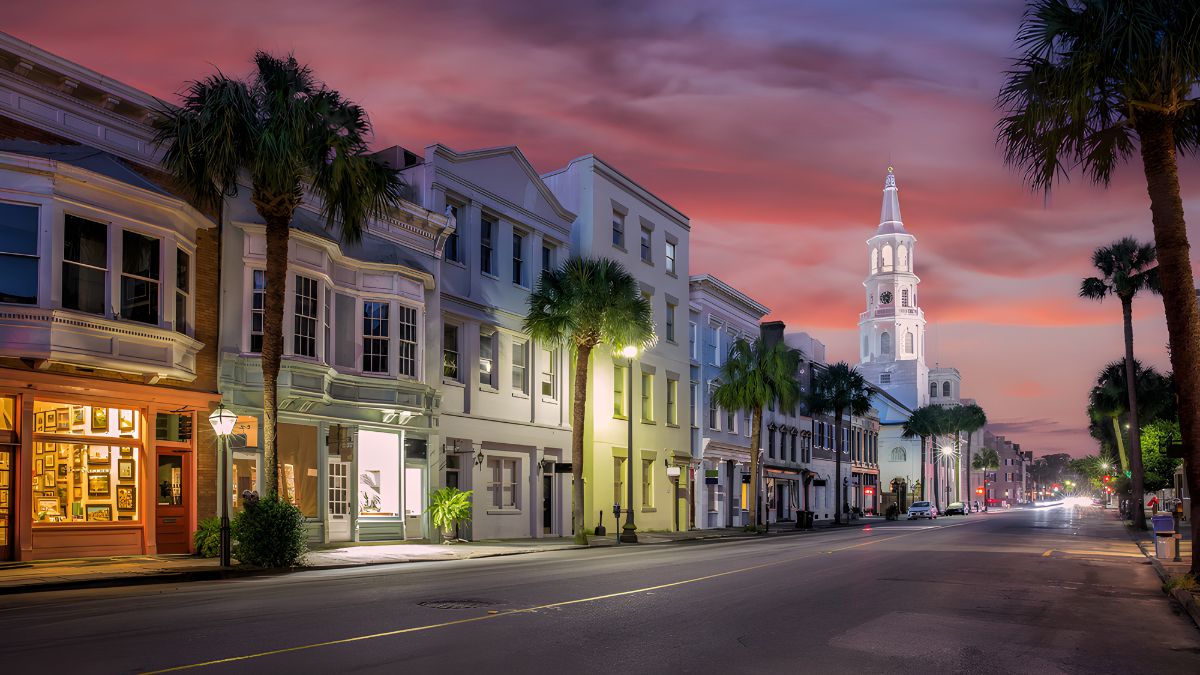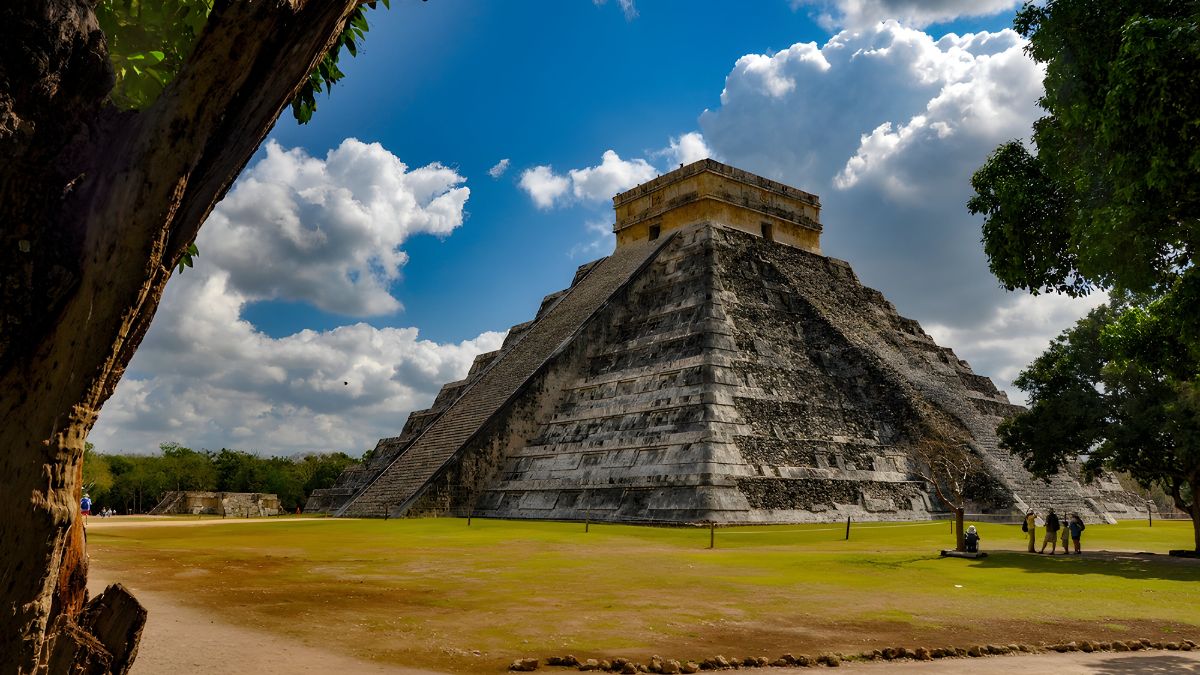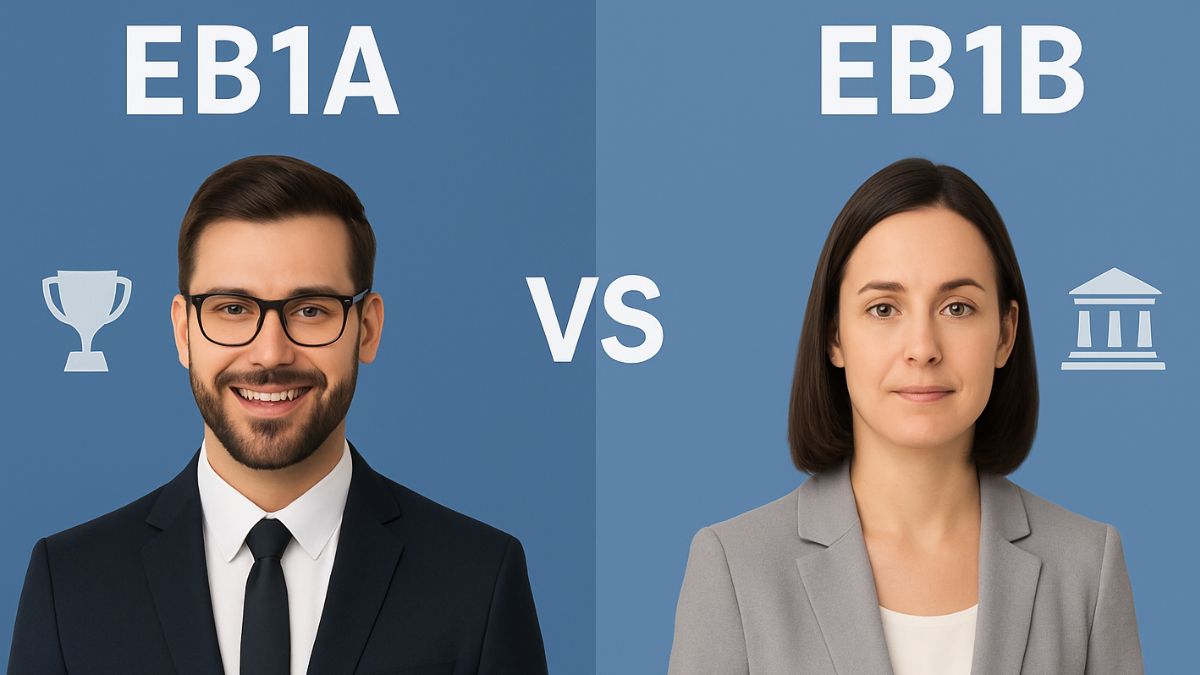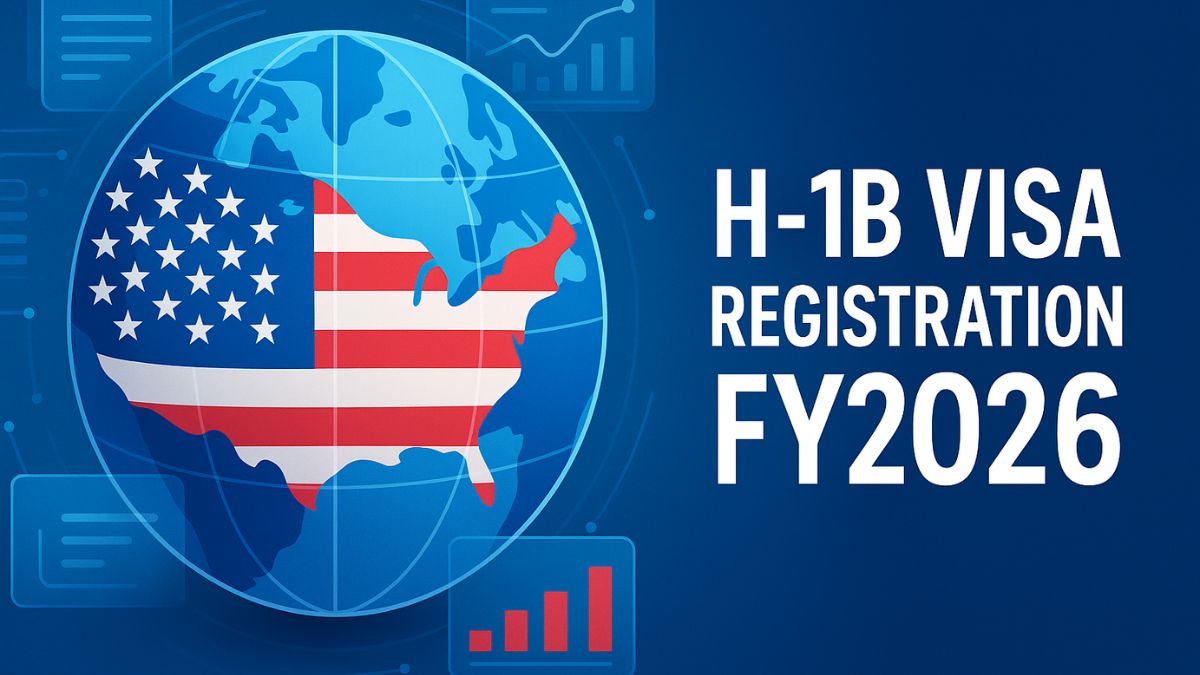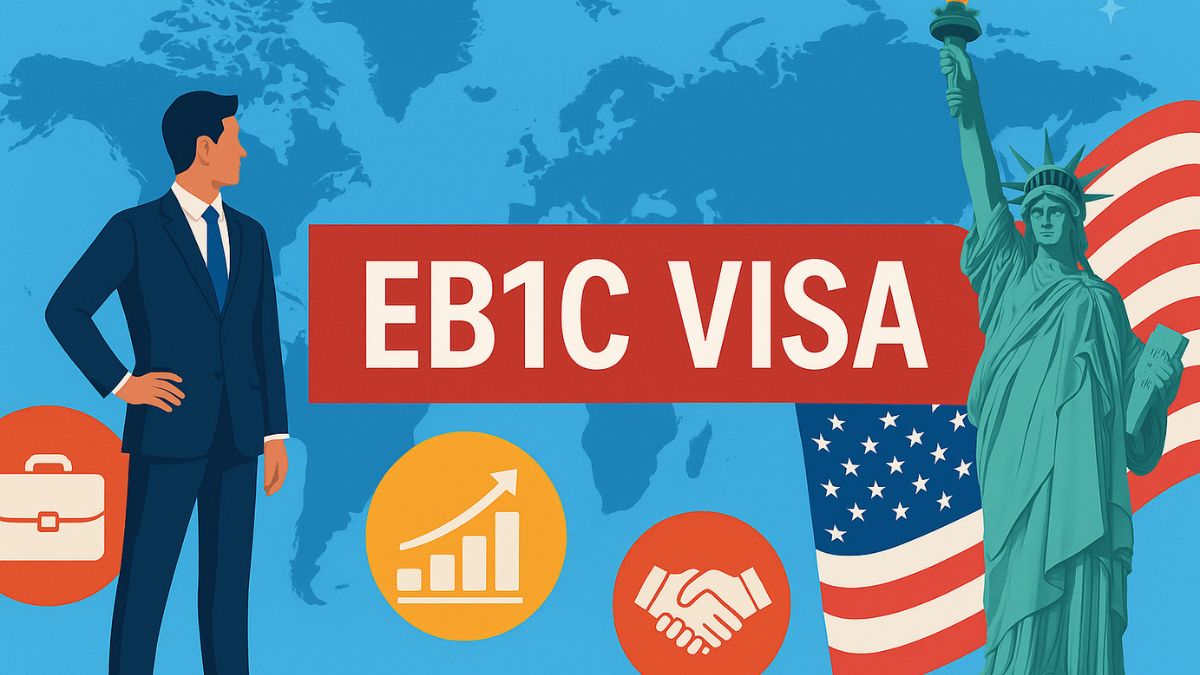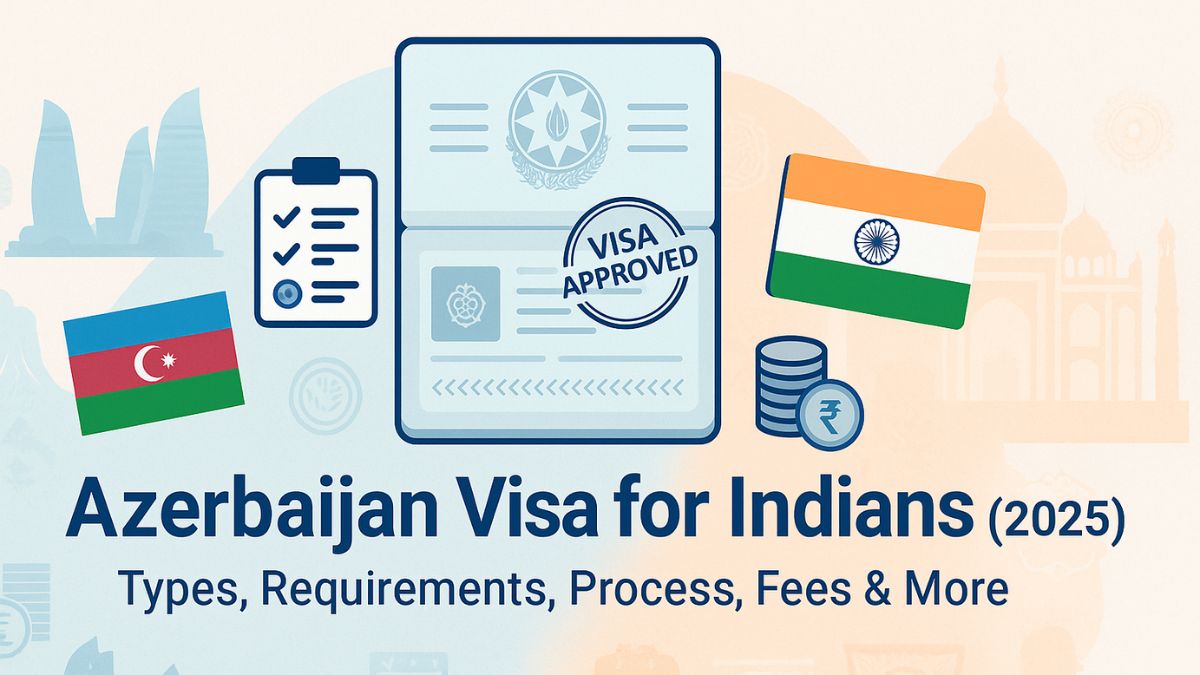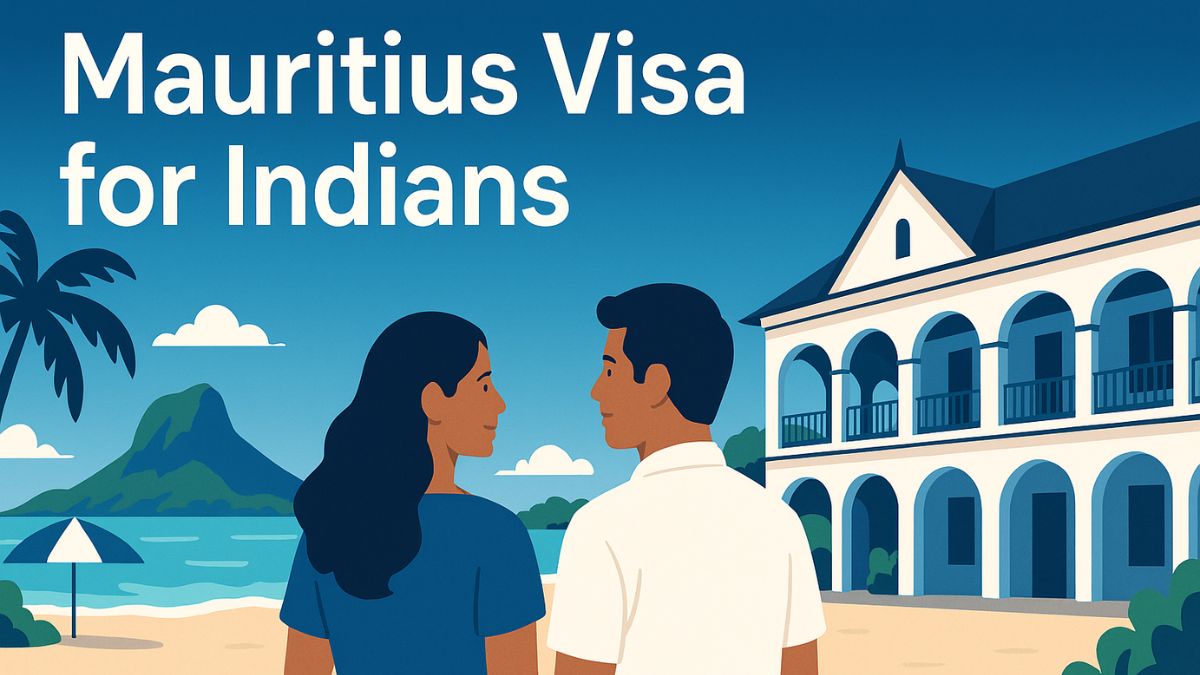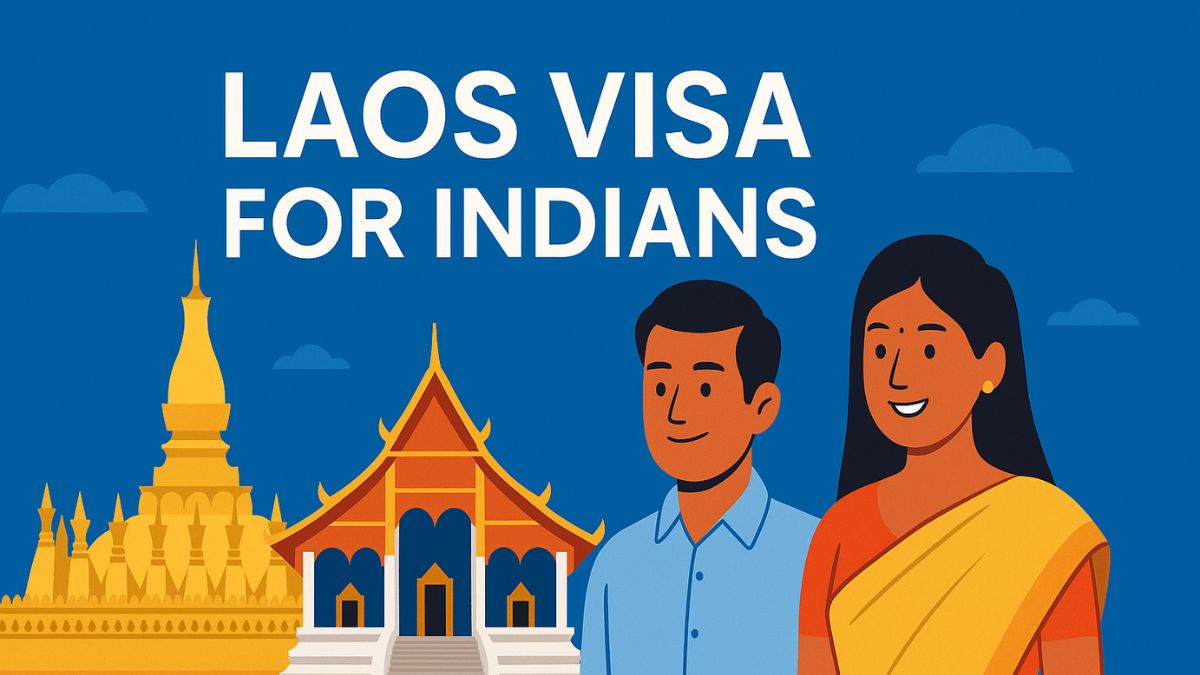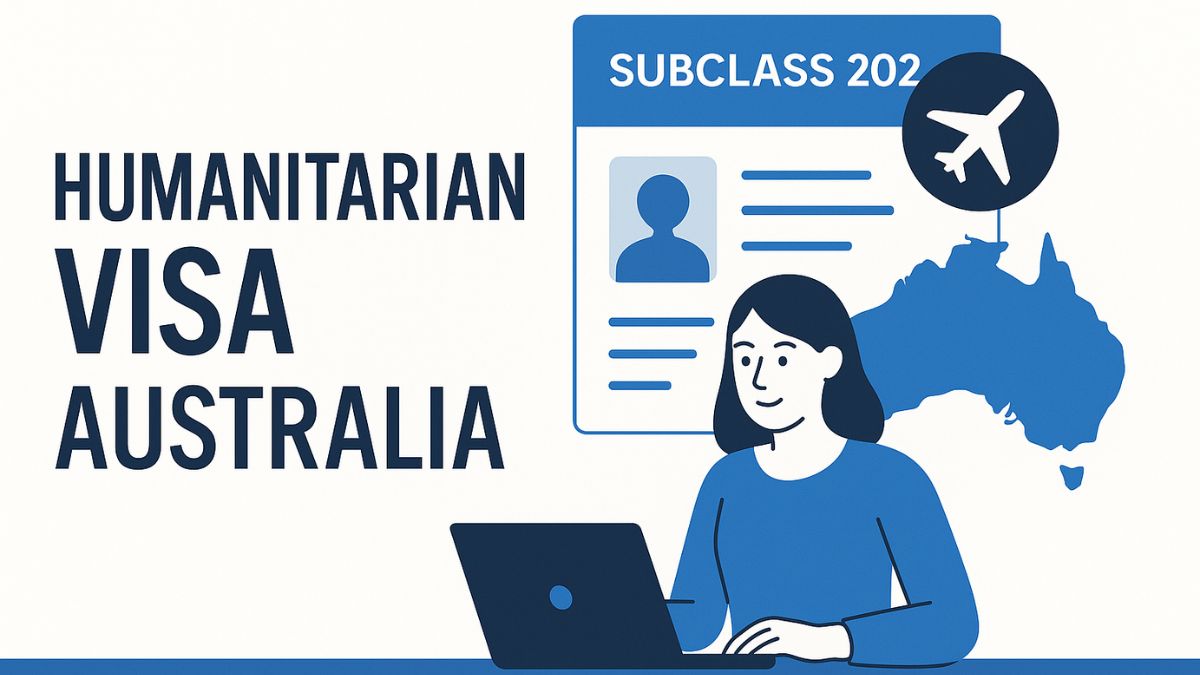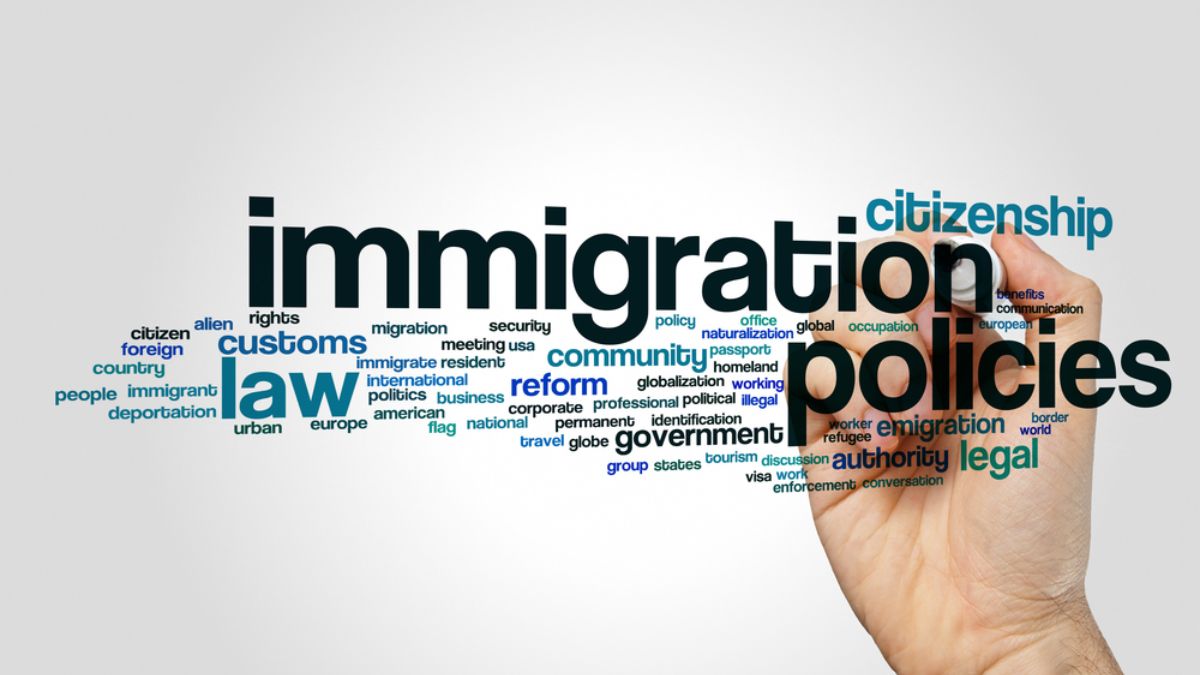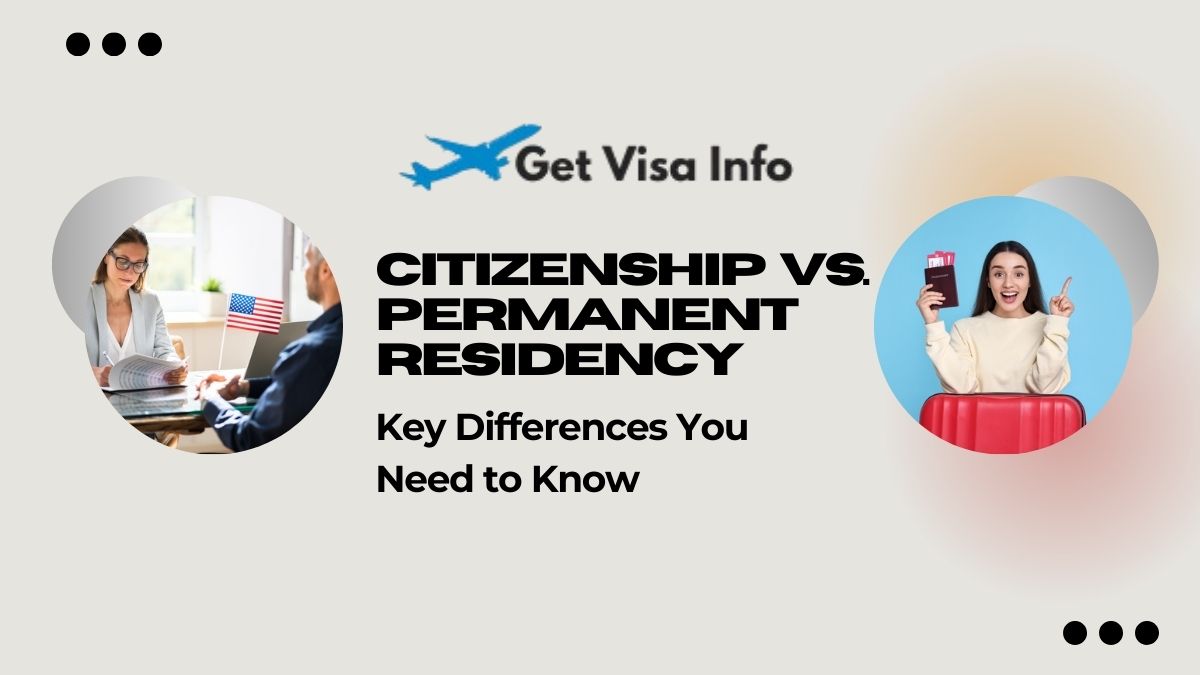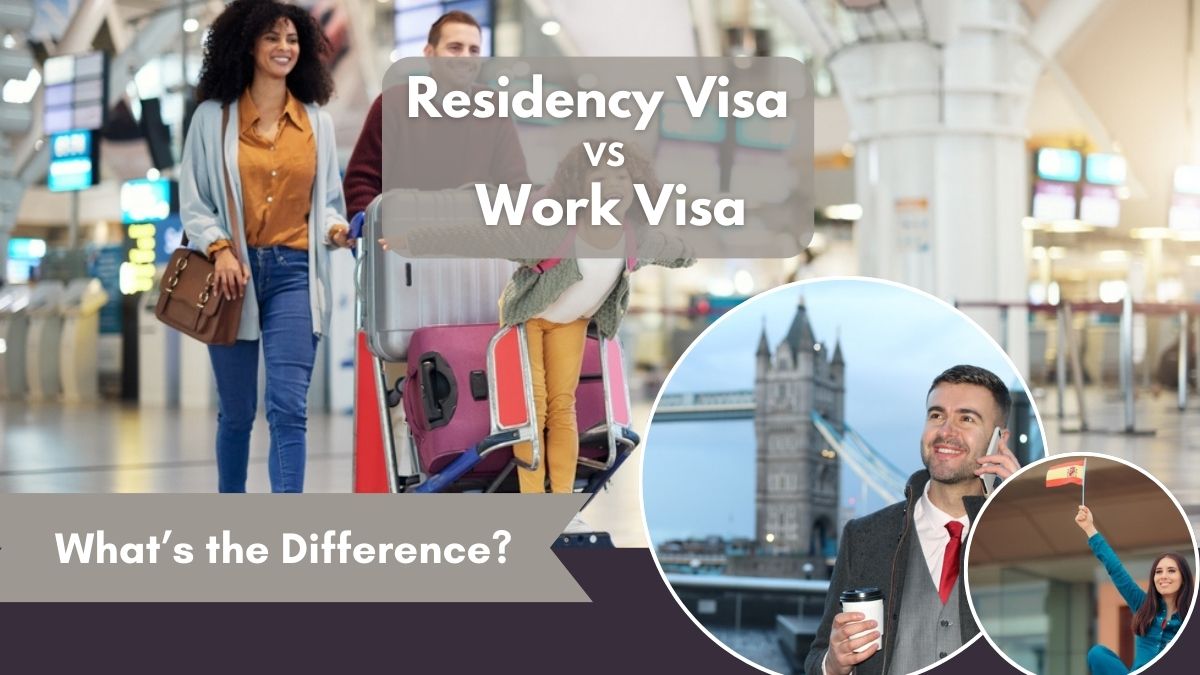
- May 25, 2025
- Heisenberg
- 0
When it comes to immigration to the United States, most people think of long waits, complex paperwork, and a confusing maze of visa categories. But for professors and researchers who’ve made significant strides in their fields, there’s a fast lane — the EB1B visa.
If you’re a researcher with a proven track record or a professor who’s contributed meaningfully to academia, this route might just be the golden ticket you’ve been looking for.
The EB1B isn’t just any work visa. It’s a part of the first-preference employment-based immigration category. Think of it as the VIP section of green card processing — especially designed for outstanding professors and researchers who’ve got years of experience and recognition to back them up.
Now, does it sound too good to be true? It’s not. But yes, like all U.S. immigration processes, it has its quirks, hurdles, and fine print. This guide is here to make sure you understand every step clearly — without needing a law degree to decode it.
In this guide, we’ll walk you through the entire process of applying for the EB1B visa, from understanding whether you’re eligible to what happens after you’ve sent in your application.
Ready to take your academic or research career across borders?
Let’s break it all down.
What is the EB1B Visa?
The EB1B visa, also called the Employment-Based First Preference, Category B, is one of the U.S. green card pathways under the EB-1 classification. It’s specifically tailored for:
- Outstanding professors
- Outstanding researchers
- Individuals with at least three years of experience in teaching or research
- Those entering the U.S. for a tenure-track teaching role or a comparable research position
It falls under immigrant visas, meaning once approved, you’re on the road to getting a green card.
EB1A vs. EB1B vs. EB1C – A Quick Snapshot
Before we dive deeper, a quick breakdown of EB1 visa types:
EB1A: For individuals with extraordinary ability in arts, sciences, education, business, or athletics. No job offer is needed.
EB1B: For outstanding professors and researchers. Requires a U.S. job offer.
EB1C: For multinational managers or executives. Think corporate transfers.
We’re focusing on EB1B, but knowing the differences helps if you’re deciding which route fits best.
Who Can Apply for the EB1B Visa?
Let’s be real: not every professor or researcher qualifies. The EB1B is designed for individuals who have made a mark in their field. You need to be recognized internationally.
Here’s what USCIS says you need:
✔️ Evidence of international recognition
This means other professionals in your field acknowledge your work as significant.
✔️ At least three years of teaching or research experience
This can include PhD teaching if it’s beyond graduate assistance.
✔️ A U.S. job offer
Specifically, a tenure-track or permanent research position at a U.S. university, higher education institution, or qualifying private employer.
Required Documentation for EB1B Visa
You’ll need at least two of the following proofs:
- Major prizes or awards for outstanding achievement
- Memberships in associations that require outstanding achievement
- Published material written by others about your work
- Participation as a judge of others’ work
- Original contributions of major significance
- Authorship of scholarly books/articles in your field
Tip: It’s not about quantity—it’s about impact. You don’t need to flood USCIS with 100 documents. Just a handful of strong, well-curated pieces is enough.

Step-by-Step Guide to the EB1B Application
Ready? Here’s what the actual process looks like.
1. Get the Job Offer
First thing’s first—you need a formal job offer from a U.S. employer. This isn’t optional.
The offer must be for a tenure-track teaching job or a comparable research role, like a permanent research scientist position.
2. Employer Files Form I-140
Your employer must file a Form I-140 (Immigrant Petition for Alien Worker) on your behalf.
Filing fee: $700
Premium Processing (optional): +$2,805 (as of 2025)
3. Submit Supporting Evidence
Attach all those shiny accomplishments—awards, publications, citations, peer review work, and letters of recommendation.
Letters from respected experts in your field (especially U.S.-based) can be gold.
4. Wait for the USCIS Decision
You’ll typically wait a few months unless you go for premium processing (decision in 15 calendar days).
If approved: Congratulations! You’re one step closer to a green card.
What Happens After I-140 Approval?
Depending on your location, there are two paths:
✅ If you’re in the U.S.
File Form I-485 (Adjustment of Status) with USCIS.
✅ If you’re outside the U.S.
You’ll proceed with Consular Processing at a U.S. embassy or consulate in your country.
Either way, this final step leads you to a U.S. green card.
How Long Does It Take to Get an EB1B Visa?
Here’s the estimated timeline:
I-140 processing: 3–12 months (or 15 days with premium)
Adjustment of status or consular processing: 6–12 months
Total: Around 8 to 24 months
The EB1 category generally has current priority dates—meaning there’s usually no waiting in a backlog, especially for EB1B (check the Visa Bulletin).
Is EB1B Better Than H-1B?
Yes, in many cases.
Let’s compare:
| EB1B Visa | H-1B Visa |
| Leads to green card | Temporary (up to 6 years) |
| No lottery | Lottery-based |
| Job security (permanent role) | Subject to employer changes |
| Higher qualification bar | Easier to qualify |
If you qualify for EB1B, go for it. It’s more stable and future-proof than the H-1B chaos.
Common Mistakes in EB1B Applications
Let’s be honest—plenty of applications fail. Here’s why:
- Submitting generic recommendation letters
- Failing to show the impact of research (citations, adoption)
- Lack of a clear narrative tying achievements together
- Not meeting the job offer requirement
- Poor document organization
Avoid these. Present your case like a story—show how your work matters and why the U.S. needs you.
Real Talk: Do You Need a Lawyer?
Technically, you can self-file (well, your employer does the actual filing), but let’s be real: immigration law is a maze.
If your case is straightforward with tons of high-impact work—maybe. However most people benefit from working with an immigration attorney experienced in EB1B cases.
They’ll help craft your story, highlight the right evidence, and avoid fatal mistakes.
Final Thoughts
The EB1B visa offers a phenomenal pathway for talented professors and researchers who’ve made their mark in academia or industry. It’s not just a visa—it’s a launchpad for long-term residency, stability, and a flourishing career in the U.S.
Yes, the bar is high. But if you meet the criteria, the EB1B opens doors that other visas simply can’t.
At Get Visa Info, we provide straightforward information about visas, immigration, travel, food, and more. Whether you’re aiming for the EB1B visa or exploring your options, we’re here to guide you every step of the way.


